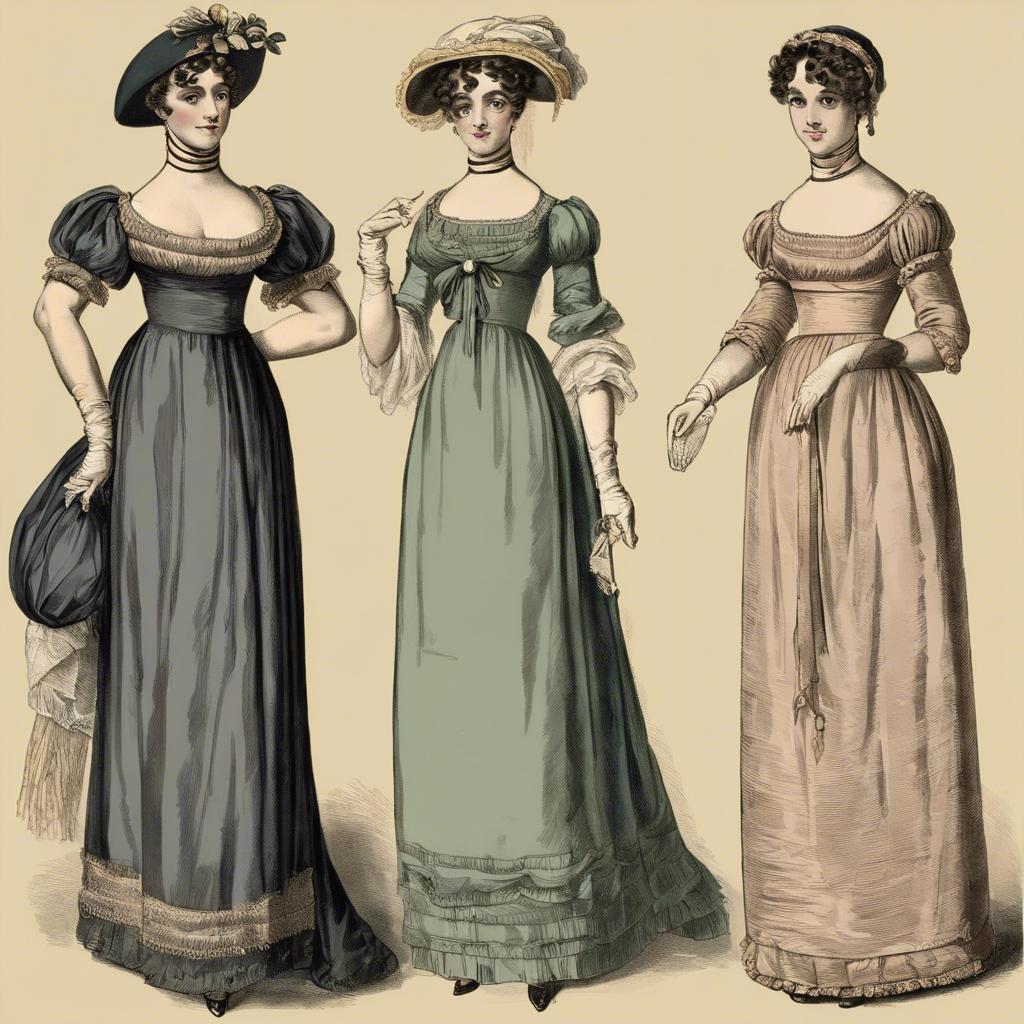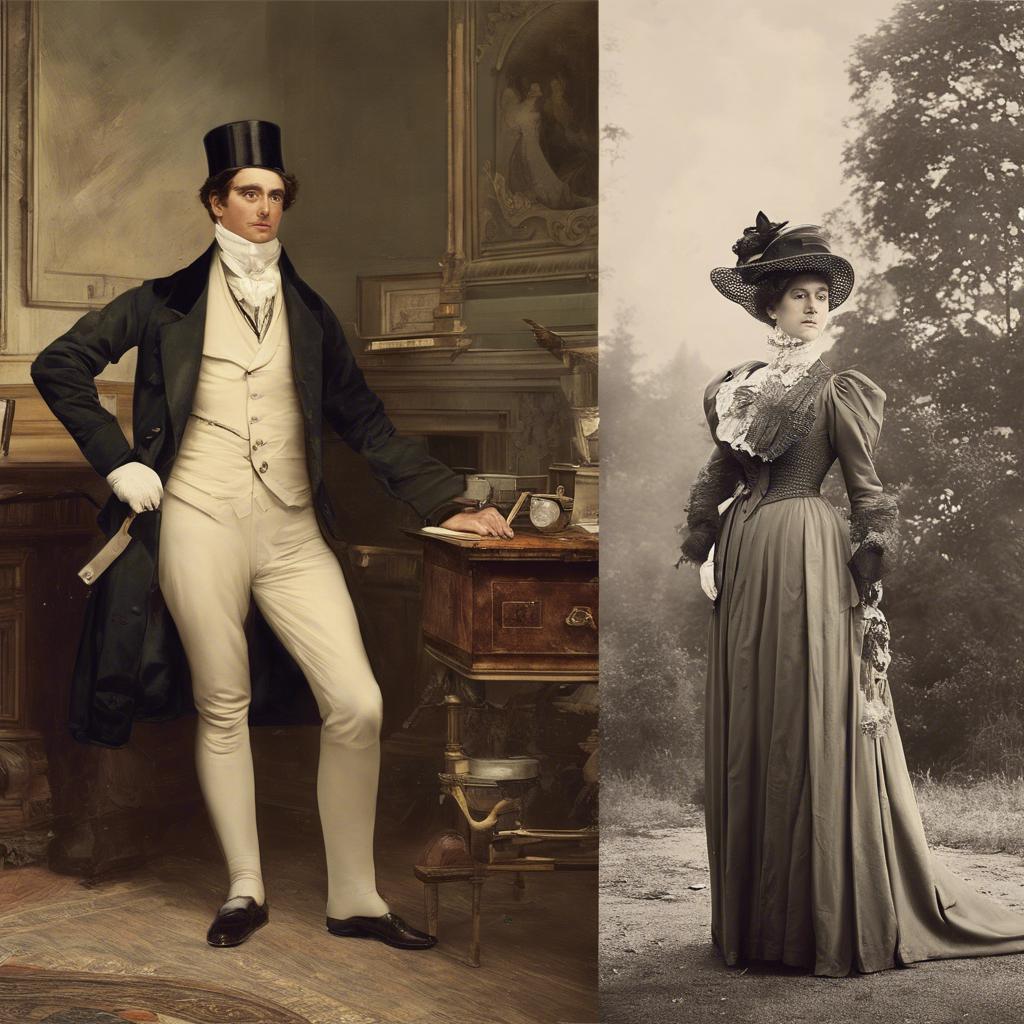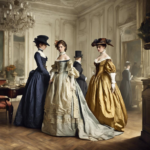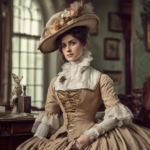In the vast tapestry of British history, there are two distinct eras that stand out as epitomes of elegance and sophistication – the Regency era and the Edwardian era. Both of these periods witnessed significant social, cultural, and political transformations that left an indelible mark on society. In this article, we will delve into the intricate details of these two contrasting yet equally captivating epochs, examining their fashion, architecture, literature, and overall societal norms to unravel the distinct charms of the Regency era and the Edwardian era. Join us on a journey through time as we explore the captivating worlds of Regency refinement and Edwardian opulence.
Step Into the World of Cheryl Bolen
Dive into the enchanting stories of love, intrigue, and elegance set in the Regency Era. Cheryl Bolen's novels offer timeless romance and captivating tales that will leave you wanting more.
Explore Cheryl Bolen's Books Now
Regency Era: Elegance and Simplicity in Fashion and Society
In the Regency Era, fashion and society were characterized by elegance and simplicity. Women’s fashion during this time was inspired by classical antiquity, with high-waisted dresses, flowing fabrics, and delicate embellishments. Men’s fashion, on the other hand, featured tailcoats, waistcoats, and top hats, exuding a sense of refinement and sophistication.
The Edwardian era, which followed the Regency Era, saw a shift towards more elaborate and structured fashion. Women’s clothing emphasized a S-curve silhouette, with corsets and voluminous skirts becoming popular. Men’s fashion became more relaxed, with the introduction of lounge suits and Norfolk jackets, reflecting a more casual approach to dressing.
the Regency Era and Edwardian era both had their own unique styles and influences on fashion and society. While the Regency Era exuded elegance and simplicity, the Edwardian era embraced more elaborate and structured designs, showcasing the evolution of fashion over time.
Edwardian Era: Opulence and Progress in Design and Culture
The Edwardian Era, also known as the Belle Époque, was a time of great opulence and progress in design and culture. This period, which spanned from 1901 to 1910, was characterized by a sense of luxury and sophistication in both fashion and architecture. Inspired by the lavish lifestyles of the upper classes, Edwardian design featured intricate detailing, delicate lacework, and ornate embellishments.
In contrast to the Regency Era, which preceded it, the Edwardian Era was a time of rapid technological advancement and social change. The Industrial Revolution brought about new innovations in transportation, communication, and manufacturing, which had a profound impact on society. This period saw the rise of the automobile, the telephone, and the electric light, transforming the way people lived and worked.
One of the most significant cultural shifts of the Edwardian Era was the changing role of women in society. With the suffragette movement gaining momentum, women began to assert their rights and demand greater equality. This period also saw the emergence of the Arts and Crafts movement, which celebrated handmade craftsmanship and traditional design techniques. the Edwardian Era was a time of both opulence and progress, with its legacy still felt in the world of design and culture today.
Comparing the Social Structures and Power Dynamics of Regency and Edwardian England
During the Regency era in England, social structures were heavily influenced by the aristocracy and an emphasis on class distinctions. The power dynamics were rooted in nobility, with titles and land ownership playing a significant role in determining one’s status in society. The upper class held immense power and influence, while the working class struggled to make ends meet.
In contrast, the Edwardian era saw a shift towards a more modern and progressive society. The rise of the middle class led to a more balanced distribution of power, with opportunities for social mobility becoming more accessible. The power dynamics became more nuanced, with factors such as wealth, education, and connections playing a larger role in determining one’s social standing.
Despite these differences, both eras shared certain similarities in their social structures. Gender roles were clearly defined, with men typically holding more power and authority in both Regency and Edwardian England. Additionally, societal expectations and norms dictated behavior and interactions among individuals, shaping the dynamics of power and influence within the different classes.
Navigating the Transition from Regency to Edwardian Style: Tips for Modern Interpretation
When transitioning from Regency to Edwardian style, it’s important to understand the key elements that define each era. Regency fashion, popular during the early 19th century, was characterized by high waistlines, flowing fabrics, and delicate empire silhouettes. On the other hand, Edwardian fashion, which emerged in the early 20th century, featured more structured garments, intricate lace detailing, and a focus on femininity and elegance.
One way to interpret these historical styles for a modern audience is to mix and match key elements from each era. Incorporate empire waistlines and flowing skirts reminiscent of Regency fashion, while adding touches of lace and intricate embellishments inspired by the Edwardian era. This fusion of styles creates a unique and layered look that pays homage to both periods while maintaining a contemporary feel.
Additionally, pay attention to colors and fabrics when interpreting Regency and Edwardian style for modern outfits. Pastel hues, such as soft blues, pinks, and yellows, were popular during the Regency era, while Edwardian fashion favored rich jewel tones and luxurious fabrics like silk and velvet. By playing with color palettes and fabric choices, you can create a visually striking ensemble that captures the essence of both eras.
Insights and Conclusions
the Regency Era and Edwardian period represent distinct chapters in the rich tapestry of British history. While the Regency Era exudes a sense of elegance and refinement, characterized by its extravagant fashion and political unrest, the Edwardian era marks a period of progress and modernization, with a focus on social reform and technological advancement. Both eras have left an indelible mark on the cultural landscape of Britain, shaping society and influencing future generations. By examining the contrasts and similarities between these two periods, we gain a deeper understanding of the complexities of history and the enduring legacy of the past.


